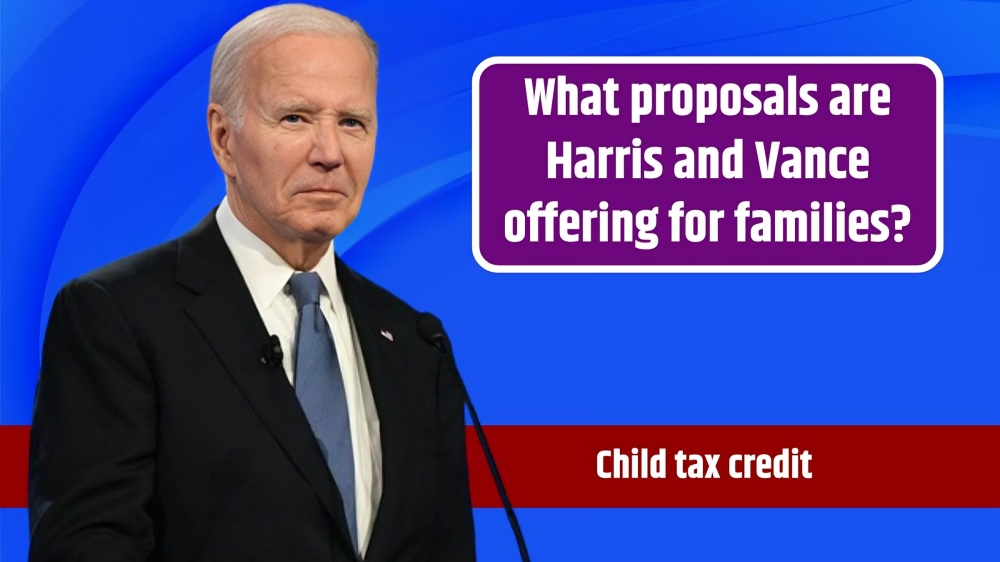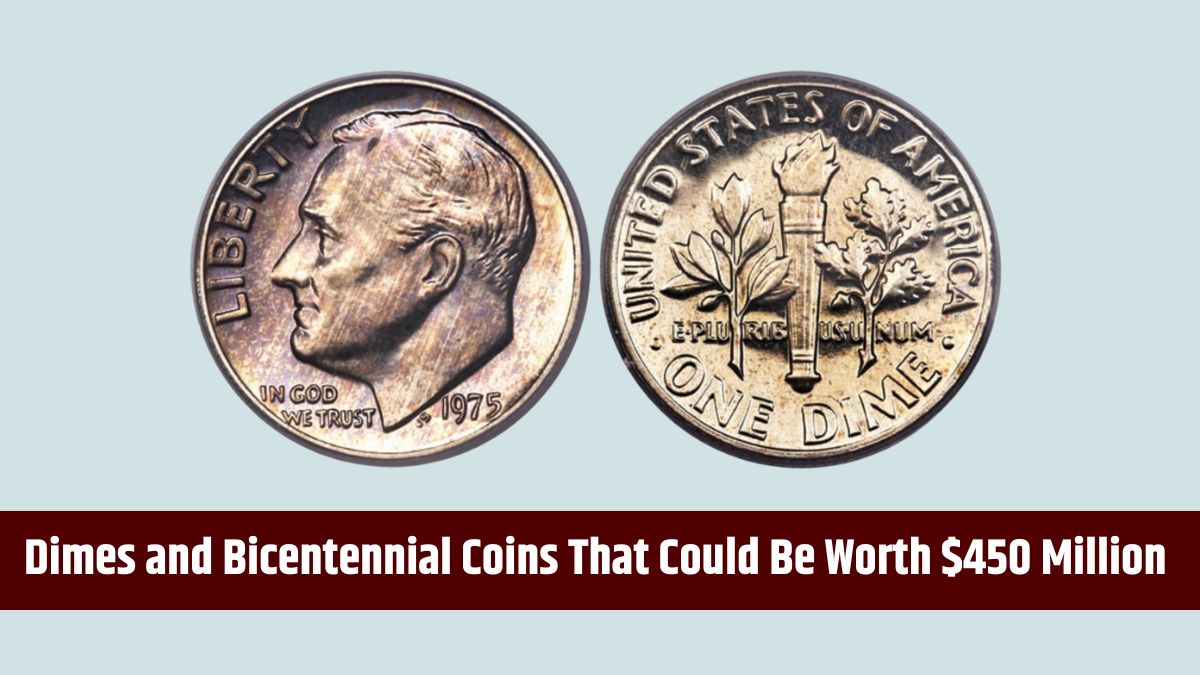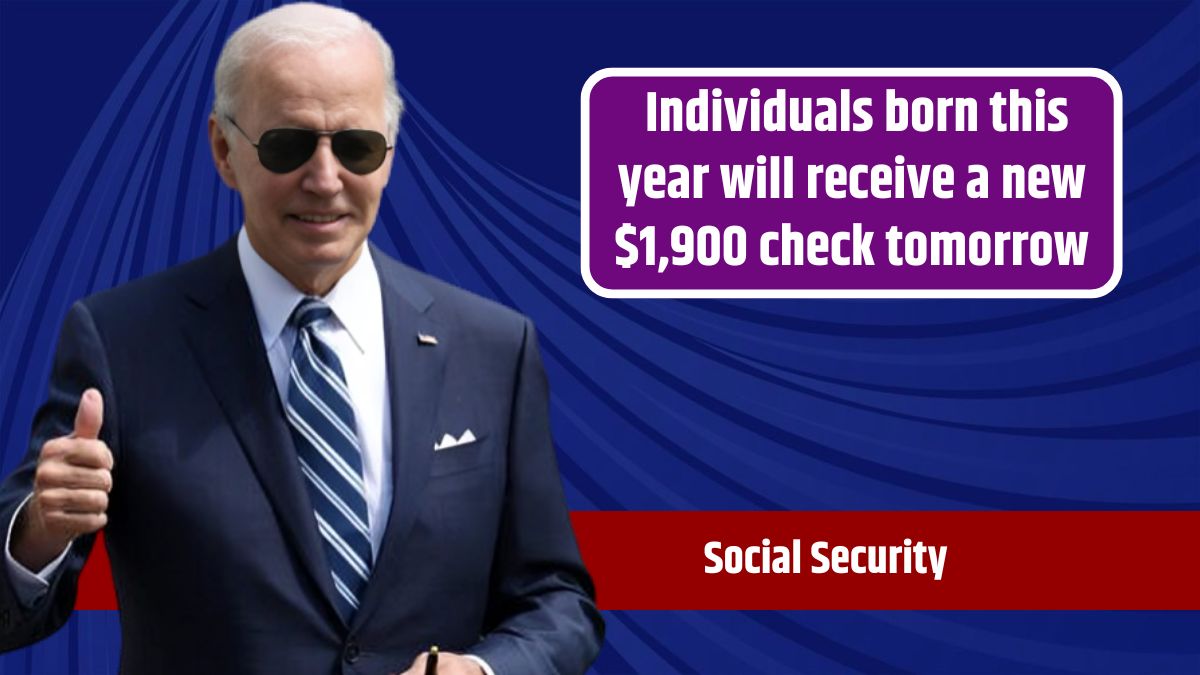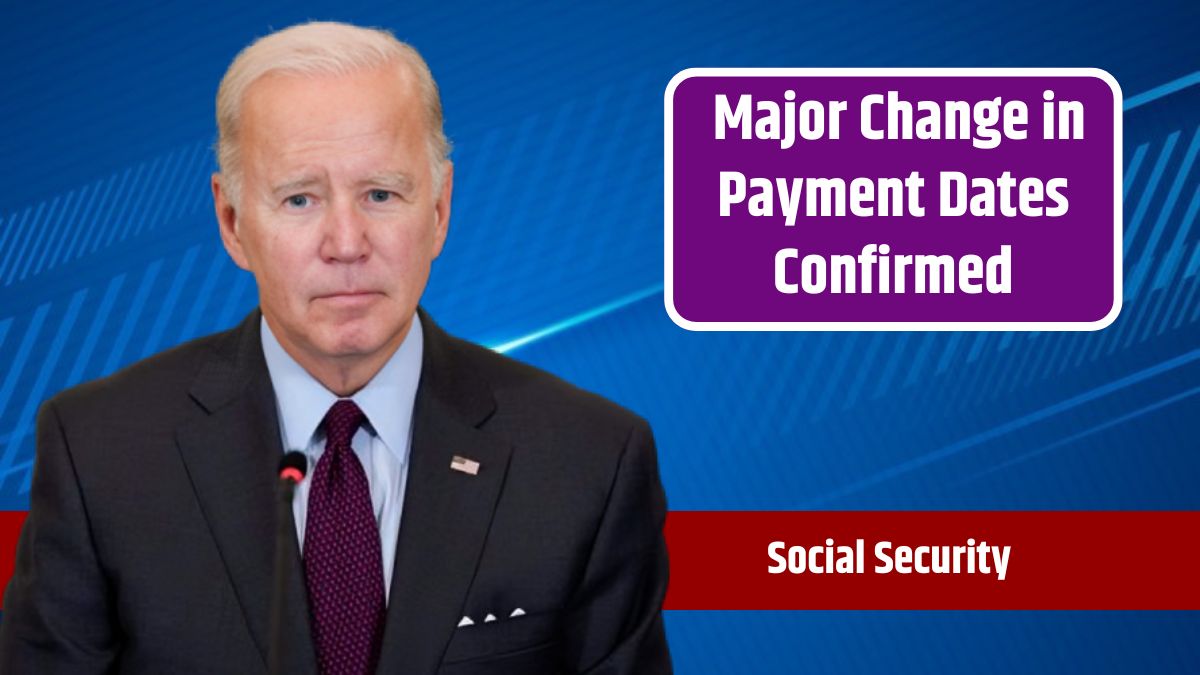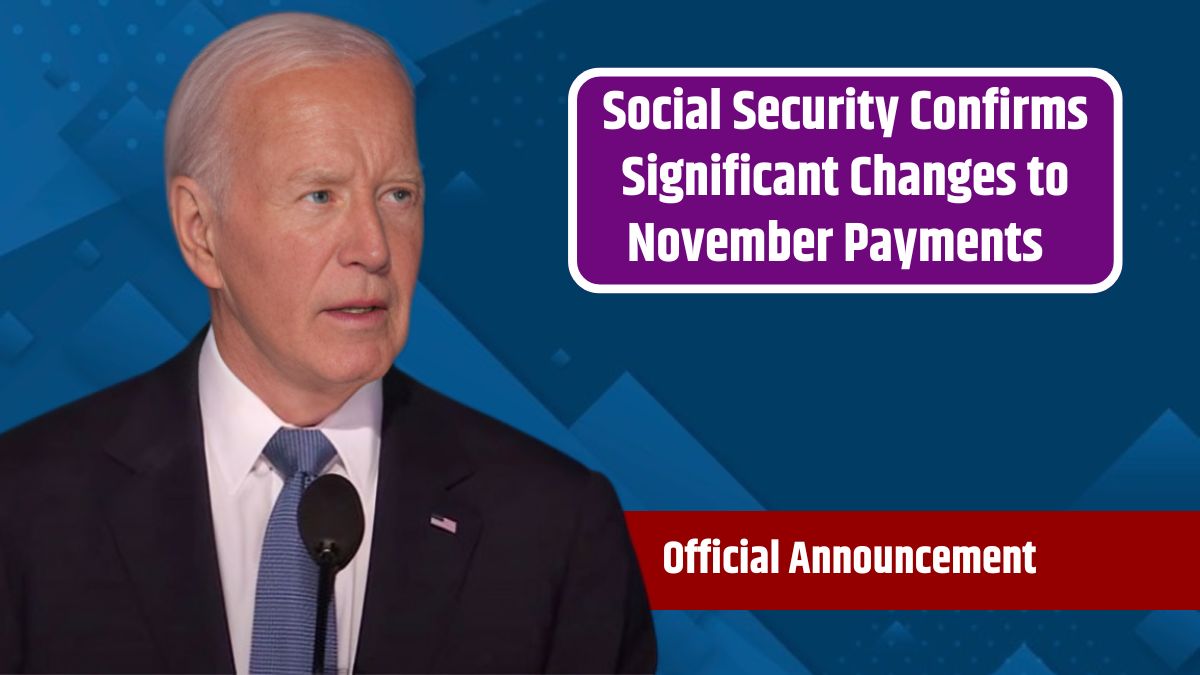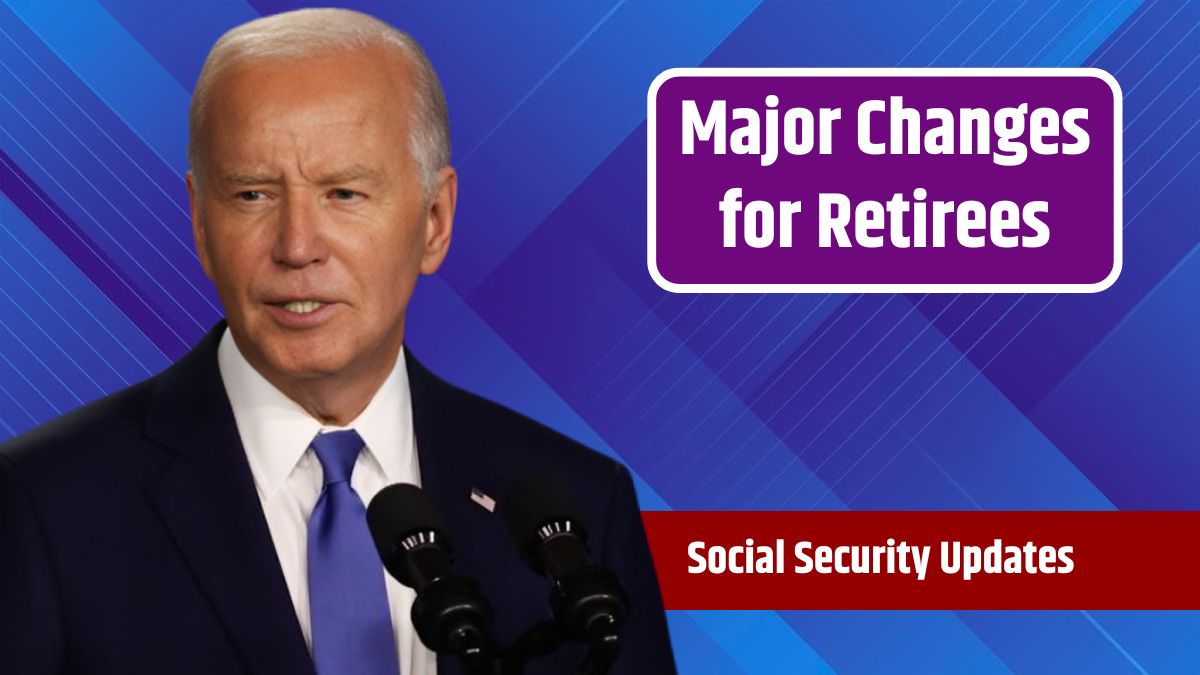As the U.S. presidential election approaches, the child tax credit has become a focal point in the political debate. Candidates Kamala Harris and JD Vance have presented differing proposals on how to structure this crucial support for American families. Their approaches highlight distinct visions for helping parents manage the rising costs of raising children.
Harris’s Proposal
Vice President Kamala Harris has proposed a significant expansion of the child tax credit. Her plan is designed to provide more targeted support to middle- and low-income families, with a focus on the early years of a child’s life when expenses tend to be highest. Key elements of her proposal include:
- $6,000 Credit for Newborns: Harris proposes a $6,000 credit for families with newborns, aimed at alleviating the initial financial strain of welcoming a new baby.
- Increased Credit for Older Children: Her plan also includes a $3,600 credit for each child aged 2-5 and $3,000 for children over five.
- Full Refundability: The credit would be fully refundable, meaning families would receive the credit even if they do not owe federal taxes.
- Income Limits: The proposal is aimed at families earning up to $400,000 (for couples) or $200,000 (for single filers).
This approach is designed to ensure that the families most in need receive the necessary support. The Tax Foundation estimates that this proposal would cost about $1.6 trillion over ten years.
Vance’s Proposal
JD Vance, the Republican vice-presidential candidate, offers a different vision. His proposal includes a $5,000 child tax credit per child, with no income limits, which could potentially benefit a wider range of families. Key aspects of his proposal include:
- Broad Credit: A $5,000 credit per child, aimed at all families regardless of income level.
- No Income Restrictions: Vance’s plan does not set income limits, which could make the credit accessible to both low- and high-income families.
However, Vance has not provided specific details on whether his credit would be refundable or how it would be implemented. The Committee for a Responsible Federal Budget estimates that such a plan could cost between $2 trillion and $3 trillion over ten years, raising concerns about its economic feasibility.
Vance and former President Donald Trump have emphasized the need to support families, particularly in light of the declining birth rates in the United States. Vance has also stressed the importance of allowing families to live on a single income, which he sees as critical to household well-being.
Impact on Families
Harris’s proposal could be particularly beneficial for low- and middle-income families, offering targeted support that helps those who need it most. Her plan’s full refundability ensures that even families with little or no tax liability can benefit, making it a vital tool for lower-income households.
Vance’s proposal, on the other hand, might be more appealing to higher-income families who also face financial pressures but would be excluded from the expanded benefits under Harris’s plan. However, the lack of concrete details and the high projected cost of Vance’s plan could be significant challenges.
Future Changes
The child tax credit currently stands at $2,000 per child, with temporary expansions under the American Rescue Plan Act of 2021 that increased it to $3,600 for younger children and $3,000 for older ones. This expansion is set to expire, with the credit reverting to $2,000 in 2026 unless Congress takes further action.
Under the current system, the credit includes income limits: $200,000 for single filers and $400,000 for married couples filing jointly. Parents must also work and earn at least $2,500 annually to qualify, which excludes some very low-income families.
If no new legislative changes are made, the credit will decrease to $1,000 per child in 2026, and the maximum eligible age for children will drop from 17 to 16. These changes are a result of the 2018 Tax Cuts and Jobs Act but are scheduled to expire at the end of 2025.
What’s at Stake for Your Family
The child tax credit proposals from Kamala Harris and JD Vance represent two different approaches to supporting American families. Harris’s plan offers targeted, inclusive support, while Vance’s proposal aims for broader, more universal benefits. As the political debate continues, the outcome could have significant implications for how families manage the financial challenges of raising children.
For families, knowing these proposals and their potential impact is crucial in planning for the future. Whether you would benefit more from targeted assistance or broader support will depend on your individual circumstances, making it important to stay informed as these discussions evolve.
FAQs
What is Kamala Harris’s child tax credit proposal?
A $6,000 credit for newborns, with additional credits for older children, targeted at low- and middle-income families.
What does JD Vance propose for the child tax credit?
A $5,000 credit per child, with no income limits, available to all families.
How much would Harris’s proposal cost?
It’s estimated to cost approximately $1.6 trillion over ten years.
Are there income limits in Vance’s proposal?
No, Vance’s plan does not include income limits, making it accessible to all income levels.
What happens to the current child tax credit after 2025?
It’s set to revert to $1,000 per child in 2026, with the maximum eligible age dropping from 17 to 16.
